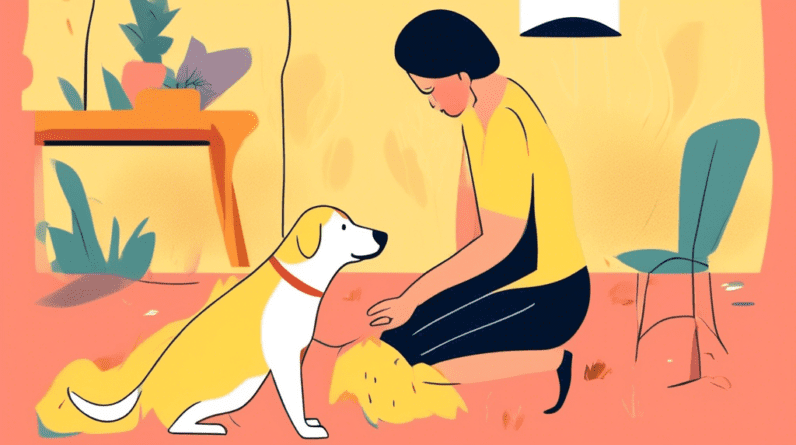
Understanding Spaying
Spaying, also known as ovariohysterectomy, is a common surgical procedure that removes a female dog’s ovaries and uterus, rendering her unable to reproduce. This procedure is typically performed under general anesthesia and offers various health and behavioral benefits.
Factors Affecting the Cost of Spaying
The cost of spaying a Labrador Retriever can vary significantly depending on several factors, including:
1. Geographic Location:
Veterinary costs tend to be higher in urban areas and regions with a higher cost of living compared to rural areas.
2. Veterinary Clinic or Hospital:
Different clinics and hospitals have varying fee structures, with specialized or emergency hospitals often charging more.
3. Labrador’s Age and Size:
Puppies typically cost less to spay than adult dogs. Larger Labradors might require higher doses of anesthesia and pain medication, potentially increasing the overall cost.
4. Pre-Operative Bloodwork:
Pre-operative blood tests are usually recommended to ensure your Labrador is healthy enough for surgery and to determine appropriate anesthesia levels. These tests add to the overall expense.
5. Pain Management:
Pain relief medications, both during and after surgery, contribute to the cost. Discuss appropriate pain management options with your veterinarian.
6. Additional Services:
Some clinics might include additional services like intravenous fluids, post-operative care instructions, or follow-up appointments, which can influence the total price.
Average Cost Breakdown
While the exact cost can vary, here’s a general estimate of what you might expect to pay for spaying a Labrador:
| Service | Estimated Cost |
|---|---|
| Spaying Surgery | $200 – $500 |
| Pre-Operative Bloodwork | $50 – $150 |
| Pain Management | $25 – $75 |
| Elizabethan Collar (if needed) | $10 – $20 |
| Total | $285 – $745 |
Note: These are just estimates, and the actual cost might be higher or lower depending on the factors mentioned earlier. It’s always best to contact your veterinarian for a personalized quote.
Financial Assistance Options
If you’re concerned about the cost of spaying your Labrador, several financial assistance options might be available:
1. CareCredit:
CareCredit offers financing options specifically for veterinary care, allowing you to make monthly payments.
2. Scratchpay:
Similar to CareCredit, Scratchpay provides payment plans to cover veterinary expenses.
3. Local Animal Shelters or Rescue Organizations:
Many shelters and rescues offer low-cost spay and neuter programs to make these procedures more affordable.
4. Friends and Family:
Consider asking trusted friends or family members for financial support, especially if it’s a challenging time financially.
The Importance of Spaying
While the cost of spaying a Labrador might seem like a significant expense, it’s crucial to understand the numerous benefits it offers:
1. Prevents Unwanted Litters:
Spaying eliminates the risk of accidental pregnancies, a significant concern given the overpopulation of dogs in shelters.
2. Reduces Health Risks:
Spaying eliminates the risk of uterine infections, tumors, and cancers of the reproductive organs, leading to a longer and healthier life.
3. Decreases Roaming and Behavioral Issues:
Spaying eliminates heat cycles, which are associated with behavioral changes like restlessness, vocalization, and the urge to roam in search of a mate.
4. May Reduce Aggression:
While not always the case, spaying can sometimes reduce hormone-driven aggression in female dogs.
Post-Surgery Care
After your Labrador is spayed, providing proper post-operative care is vital for a smooth recovery. This includes:
1. Rest and Confinement:
Limit your Labrador’s activity for 7-14 days following surgery, allowing her to rest and heal. Prevent jumping, running, or strenuous play.
2. Monitor the Incision Site:
Check the incision site daily for signs of infection, such as redness, swelling, discharge, or a foul odor. Contact your veterinarian immediately if you notice anything unusual.
3. Prevent Licking or Chewing:
Use an Elizabethan collar to prevent your Labrador from licking or chewing at the incision site, which can delay healing and increase the risk of infection.
4. Medications:
Administer any prescribed pain medications or antibiotics as directed by your veterinarian.
5. Gradual Return to Activity:
Gradually increase your Labrador’s activity level as advised by your veterinarian. Avoid strenuous exercise or activities until cleared by your vet.
6. Follow-Up Appointments:
Attend all scheduled follow-up appointments with your veterinarian to ensure your Labrador is healing properly and to address any concerns.
Conclusion
Spaying is a responsible decision for any Labrador owner, offering numerous health, behavioral, and societal benefits. While the cost might be a concern, understanding the factors influencing the price and exploring available financial assistance options can make this essential procedure more attainable. The long-term benefits of spaying, including a healthier and potentially longer life for your beloved companion, far outweigh the initial financial investment.






